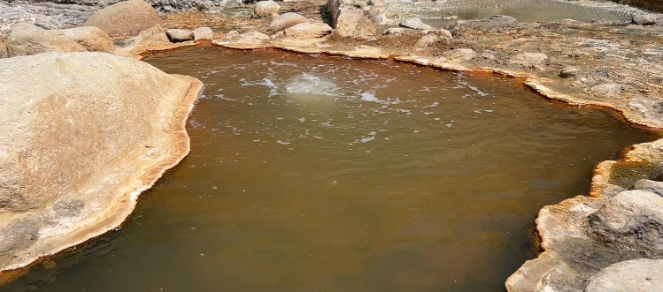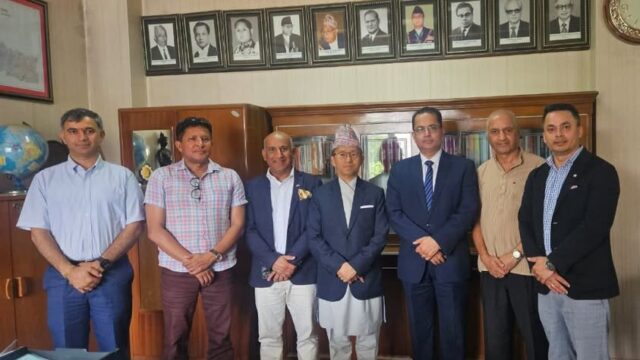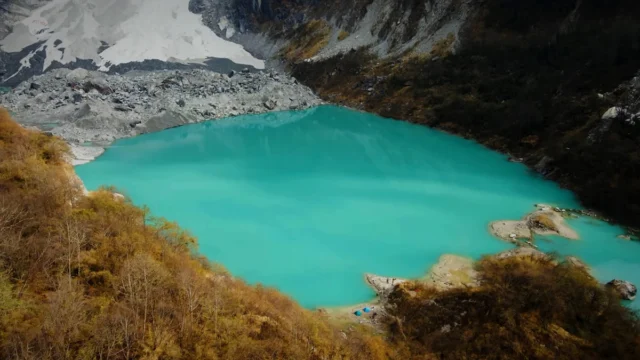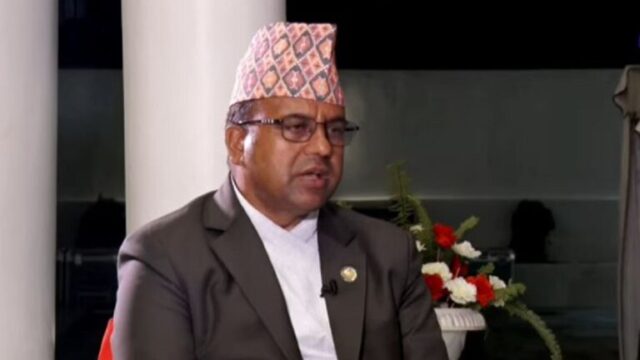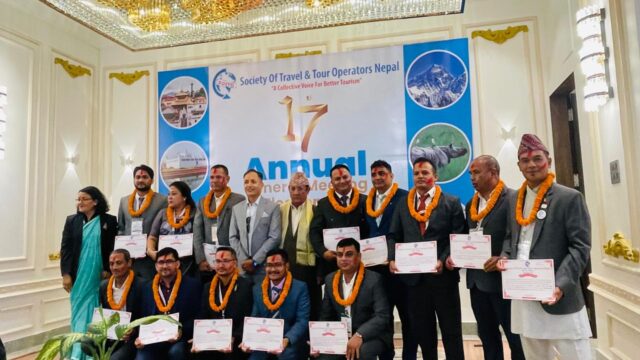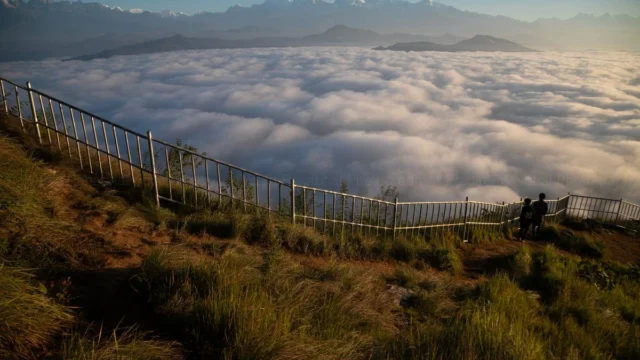The natural hot springs located in Lomanthang’s Ward 5, known as Tato Pani, are currently awaiting proper utilization and conservation. Due to a lack of research, infrastructure, management, and preservation efforts, the natural hot spring in the vicinity of Lomanthang remains underused.
Tashi Narbu Gurung, the Chairperson of Lomanthang Municipality, announced that efforts are underway to transform the underutilized hot springs into a tourist destination. “We have allocated a budget of NPR 1 million for the management of the hot springs this fiscal year,” he stated. “If we can organize the consumption of Tato Pani efficiently, it holds great potential for both tourism and economic benefits.”
Chairperson Gurung indicated that plans are in place to create bathing facilities by collecting water from the hot spring into a pool. The hot springs, which flow at approximately 50 degrees Celsius from the ground, are a natural gift amid Lomanthang’s chilly weather.
The hot spring, located near the Lomanthang-Surkhya trail, is now accessible via road following the construction of the Beni-Jomsom-Korala road, with efforts made to enhance the old trails for tourists. Nearby, there are also shelter facilities and designated bathing areas. Locals frequently visit the springs for bathing, using large containers to immerse themselves in the warm water.
According to Dhudhuke Bista, the Ward Chairperson of Lomanthang, the lack of organization and promotion has hindered tourists from reaching the hot spring. He emphasized efforts to manage the area to encourage longer stays for visitors in Lomanthang.
The Tato Pani hot springs can be reached after a 30-minute walk from Lomanthang. Locals believe that bathing in these waters can alleviate joint and skin ailments, providing rejuvenation and relief from fatigue.
Nestled amidst vast fields and surrounded by earthen walls, Lomanthang is a settlement rich in historical, cultural, and touristic potential. Situated at an elevation of 3,720 meters above sea level, Lomanthang serves as the center of the municipality. The geography surrounding Lomanthang is both captivating and picturesque, with the hot springs located at the edge of its fertile fields.
According to Lakpa Wangdi Gurung, a member of the Lomanthang Municipality, the historical settlement enclosed by earthen walls, palaces, and monasteries, along with its cultural practices influenced by Tibetan traditions, adds to the area’s charm. Annually, about 3,000 foreign tourists visit this upper Mustang area, although recently, there has been a noticeable increase in domestic tourist activity.
Source: RSS
